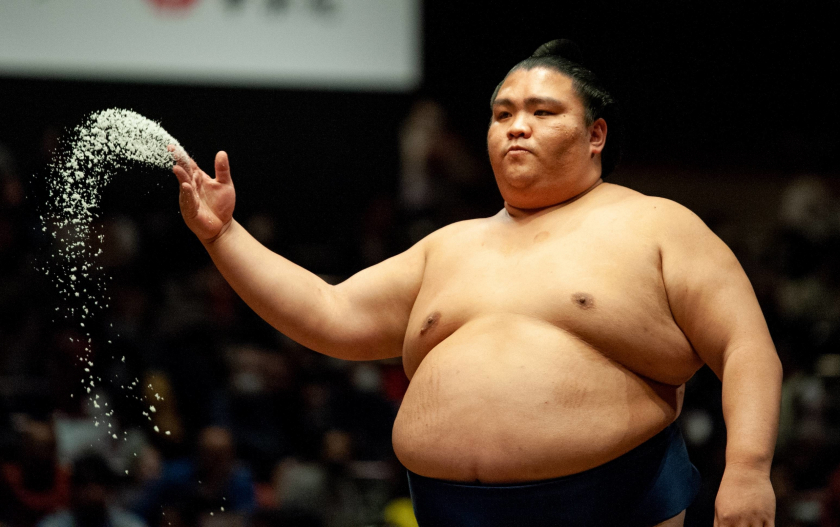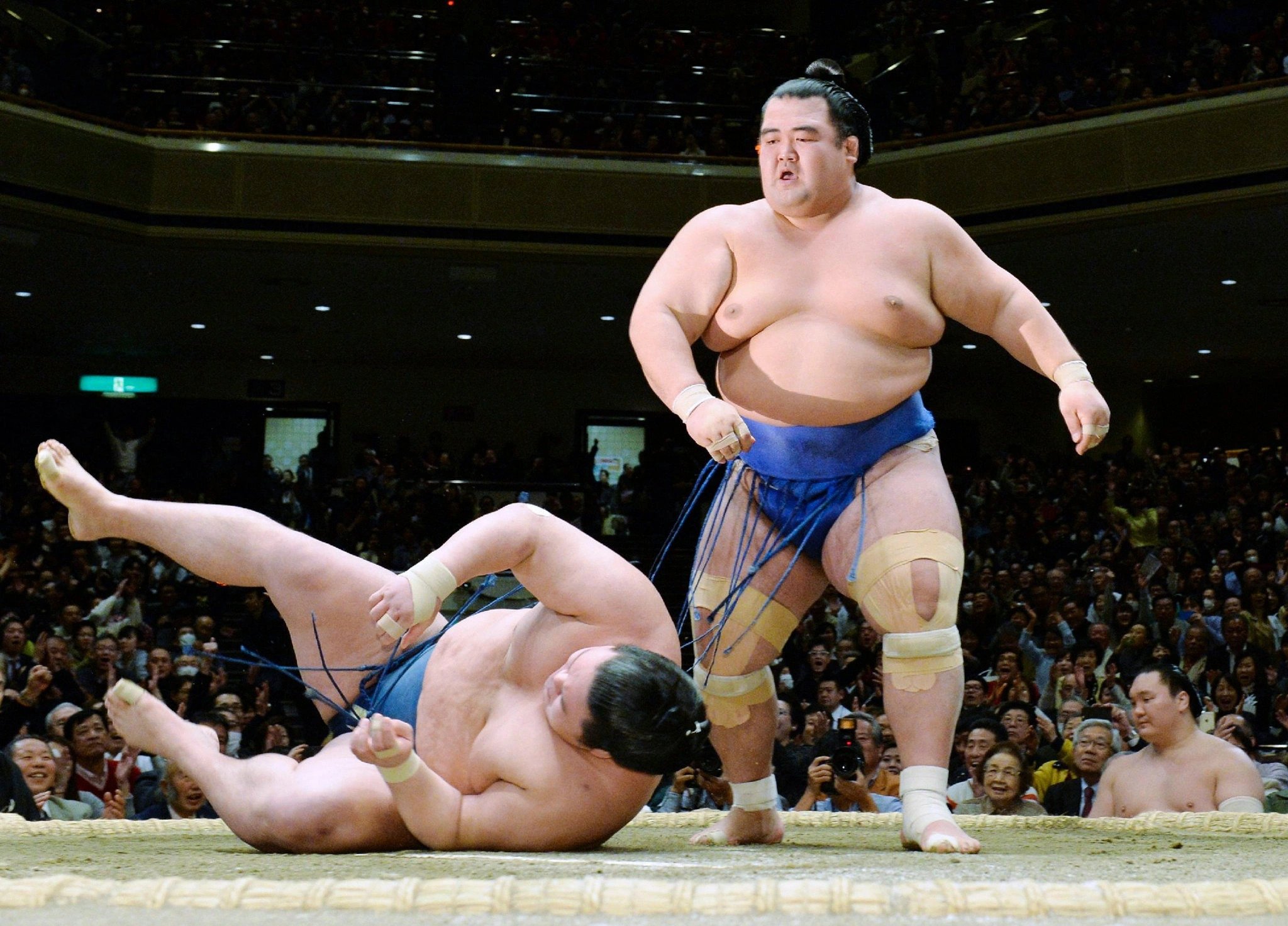According to DW, critics say sumo has lost its appeal because many current wrestlers have poor technique, poor fitness, and a large number of top wrestlers have withdrawn from major tournaments due to injury. An editorial in the Sankei Shimbun even predicted that spectators will soon turn their backs on the age-old sport unless tournaments and wrestlers change.
"The decline in quality in sumo matches cannot continue," the article stressed.
The paper pointed out that almost every wrestler in the two top ranks - "yokozuna" and "ozeki" - had lost early matches that would have prevented them from competing for the cup. "The poor performance of ozeki-ranked wrestlers is nothing but serious."
Sumo goes downhill
The situation was further complicated when the highest ranked wrestler in the tournament, Terunofuji, withdrew on the 10th day due to injuries to both knees. Terunofuji required surgery and will likely miss at least two more tournaments. Commentary also pointed to problems with his training regimen.
"The emptying of the above rankings will be inevitable. Unless the Japan Sumo Association (JSA) takes urgent measures, sumo fans will show their dissatisfaction by no longer watching tournaments," Sankei warned.

Sumo wrestlers' ritual of sprinkling salt before entering a match.
Sports journalist Yoichi Igawa, who covers the sport with a history of more than 1,300 years, echoed that sentiment and warned that sumo appears reluctant to change.
"I'm afraid that this sport is becoming obsolete. We say sumo is a sport that represents Japan, but the crowds are much thinner than before and most of the wrestlers are old. This is not a sport that attracts young people, so what will happen when the older fans die?", Mr. Igawa said.
Conservative sport
However, there are too many people in the sumo world who resist change, Mr. Igawa continued. “It is a very small, conservative world where all decisions are made by senior wrestlers according to a strict hierarchy. They don't like to see change, they don't like criticism from outside, and they don't like to see foreign wrestlers being the best in a 'Japanese sport'.”
Fred Varcoe, a British journalist who has written about sumo for publications around the world, agrees that sumo is "stuck in its traditional meaning, to the point where those in the profession simply cannot adapt, update or improve the sport".
Many successful wrestlers who retired and joined the JSA have tried to make changes to make sumo more accessible and attractive, Varcoe points out. But the association's "elders," who are often more numerous and powerful, are very conservative. One of the wrestlers leading the reform agenda is Takanohana, who won 22 titles in 19 years. He joined the JSA board in 2010 but resigned in 2018.

The young sumo world no longer has the support of its predecessors.
In addition, sumo's image is also associated with a history of many scandals, including allegations of assault, illegal betting on matches, drug use by wrestlers and links to some organized crime groups.
Most sumo wrestlers live in communal cages where their lives are closely monitored. In 2007, instructor Junichi Yamamoto was arrested for the death of 17-year-old rookie wrestler Takashi Saito. Yamamoto hit Saito with a beer bottle after the young wrestler tried to run away after being bullied.
"The quality of wrestlers will fluctuate, like in any sport. But the bigger problem sumo faces now is that Japan has a rapidly aging population and there are not enough children taking up the sport. Young Japanese people don't want to get up early and train for a sport as physically demanding as sumo," Varcoe said.
In the past, one effective solution has been to bring in more wrestlers from abroad. "There have been people from Hawaii and Mongolia who have risen to the top of the sport," says Varcoe. "But many are reluctant to continue because they want to keep sumo in Japan."


































